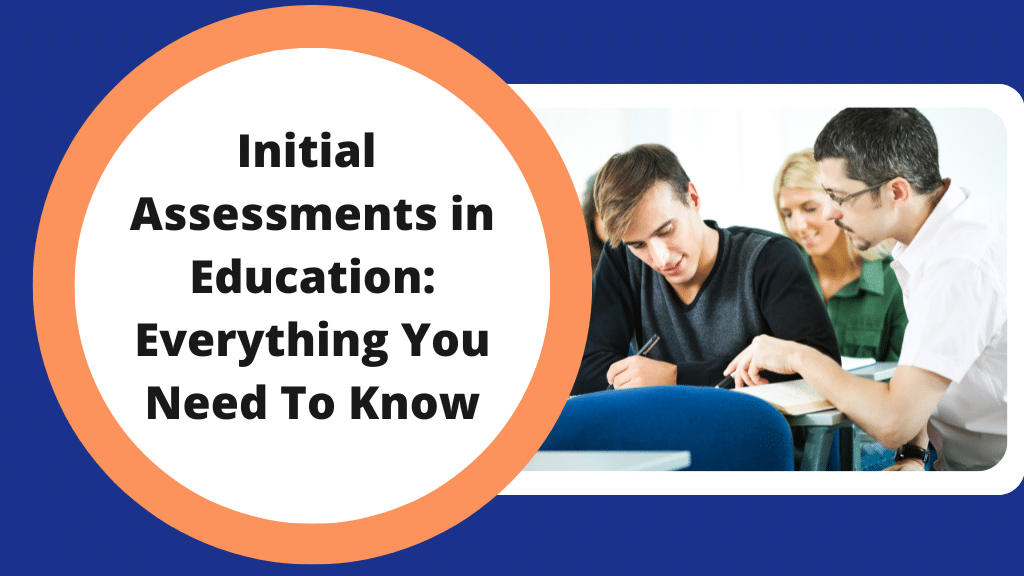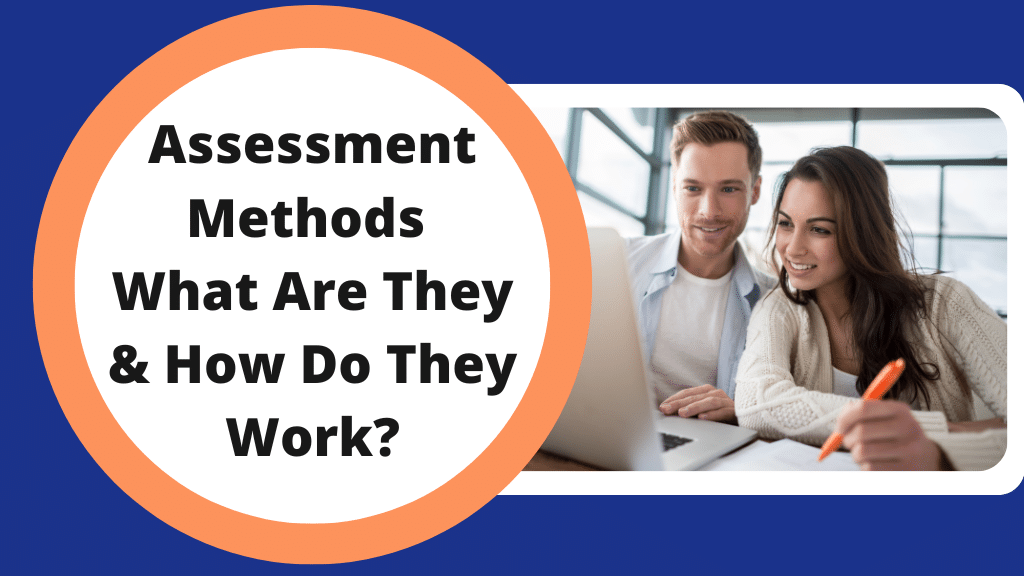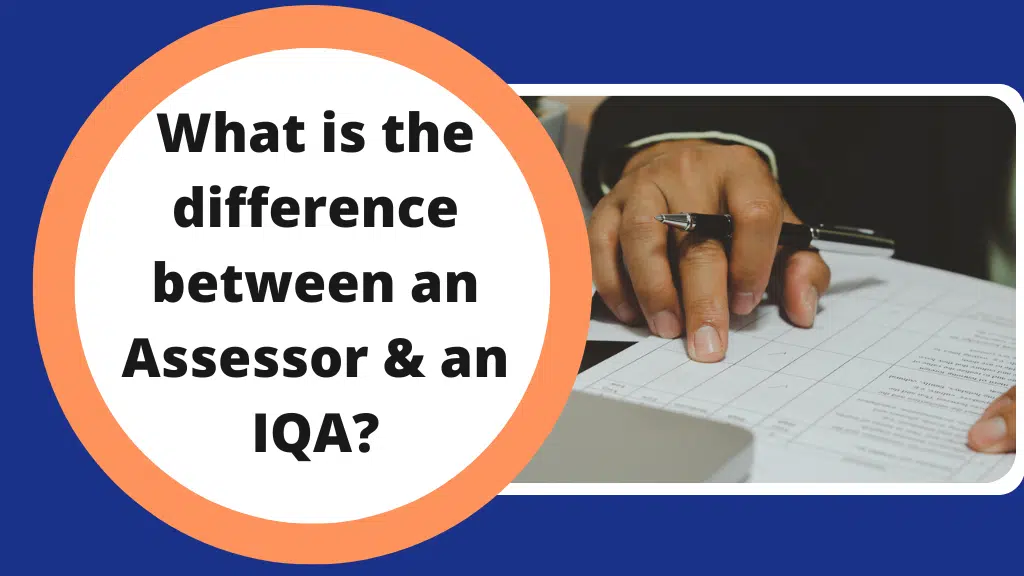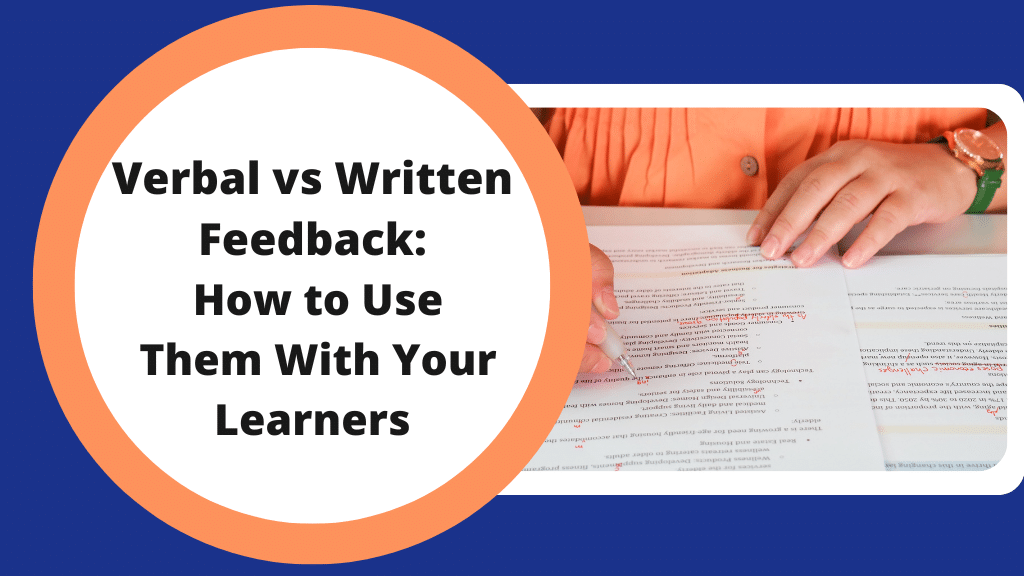September 10, 2025
Initial Assessments in Education: Everything You Need To Know

Every learner begins their journey from a different starting point. Some arrive with years of experience, some are new to the subject, and others will be somewhere in between. The challenge is working out exactly where that starting point is and what their learning needs are. Without doing so, lessons and assessments risk being pitched too high or too low, and valuable opportunities for support may be missed. It’s not a one-size-fits-all world.
What is an initial assessment?
An initial assessment is the process of finding out a learner’s current level of knowledge, skill and understanding before teaching or training begins. It gives educators and assessors a chance to find out about their learners and make sure that the learning experience starts well.
Sometimes, initial assessments are used to ensure that candidates are eligible to start a course or progress to the next level.
Why are initial assessments important?
Carrying out an initial assessment can set the tone for the whole learning journey. For learners, an initial assessment can:
- Flag areas where they might need extra help or practice.
- Build confidence by showing that their prior experience, knowledge and skills are valued.
For trainers and assessors, it provides essential insight to:
- Place learners on the correct course or qualification.
- Plan lessons and assessments that match learners’ needs.
- Identify additional support needs early, like accessibility requirements or additional literacy and numeracy help.
- Record a starting point that can be used later to measure progress.
- Work out if a learner has already covered part of the course or qualification from their earlier training.
Organisations also benefit on a wider scale. Awarding bodies often expect evidence that learners are on suitable programmes and their needs are being met from the outset. Initial assessments can help to prove that teaching and assessment decisions are fair and tailored to individual learners.
How to carry out an Initial Assessment
There are lots of ways to carry out an initial assessment. The approach depends on the subject, the learners, and the context. In practice, teachers and assessors often use a blend of different assessment methods to build a rounded picture of each learner.
Each method has strengths and limitations. For example, written tests can give a clear benchmark of knowledge/understanding but may not reflect practical ability, while individual practical demonstrations of a skill provide a better insight into this, but can be time-consuming. Using a combination makes sure that the assessment is fair and balanced, giving a more accurate starting point for planning.
Written or Online Tests
Written or online tests can help measure knowledge and understanding in subjects like maths, English, or technical areas. These can be quick to administer and easy to compare across groups.
Questionnaires or Self-Assessment Forms
Learners reflect on their own confidence, prior experience, and learning preferences. While subjective, these tools can reveal attitudes and highlight where support may be needed.
Practical Demonstrations
Practical demonstrations are particularly useful in vocational settings, as they allow learners to show their current skills. For example, a catering student might be asked to prepare a dish, or an apprentice might demonstrate safe use of equipment.
One-to-One Discussions
Discussions allow learners to explain their backgrounds, ambitions, and concerns.
Reviewing Prior Learning (RPL) or Qualifications
Looking at existing certificates, workplace records, or portfolios can prevent duplication and confirm where learners already meet standards.
Good Practice in Initial Assessments
To be effective, initial assessments need to be planned and delivered with care:
Plan in Advance
When planning an assessment, think carefully about which methods you will use and make sure that they connect directly to the skills or knowledge learners need for their programme of learning.
Use a Variety of Approaches
Relying on one method of assessment can give a limited view. Combining tools, like a short practical demonstration with a discussion, creates a more accurate picture.
Avoid Bias or Assumptions
Every learner’s background and experience will differ. Assessments should be fair, consistent, and free from preconceived bias.
Keep the Purpose Clear
Learners should understand that this is not a pass-or-fail test but a way of finding out about them. This helps reduce anxiety and encourages honest responses.
Record Outcomes Carefully
Results should be recorded so that they can be referred to when planning lessons, individual learning plans, or assessment strategies. Without documentation, the process could lose its value.
How Initial Assessments Fit into Wider Education Practice
Initial assessments do not stand alone; they are the starting point of a wider assessment cycle.
Once a course is underway, formative or ongoing assessments (such as quizzes, tests, observations) can be used to track how learners are progressing. Comparing these with the initial assessment shows how much progress learners are making and highlights where teaching strategies may need adjusting.
Summative assessments measure overall achievement at the end of a programme. The initial assessment provides the baseline, helping to demonstrate the progress made from start to finish.
Initial assessments also form the basis of Individual Learning Plans (ILPs), which set out tailored goals and strategies for each learner. Recording and using this information helps ensure that teaching is genuinely personalised.
From a quality assurance perspective, initial assessments provide evidence that learners are placed on the right course level and that their needs are being met. Awarding bodies will often look for this proof as part of their checks.
Training Routes for Future Teachers & Assessors
Understanding how to carry out initial assessments is a valuable skill for anyone working in education and training. If you’re considering a career in this field, there are recognised qualifications that will equip you with the knowledge and practical experience you need.
The Level 3 Award in Education and Training (AET) is a good starting point for those aiming to become a teacher or trainer. This qualification introduces you to planning lessons, delivering teaching, and carrying out assessments, including the use of initial assessment to support learners effectively.
If you are looking to become an assessor, the Level 3 Certificate in Assessing Vocational Achievement (CAVA) is the most popular qualification. It prepares you to assess learners in both workplace and training settings and covers how to use different assessment methods, including initial assessments, to judge competence and track progress.
Both qualifications are nationally recognised and provide a clear route into rewarding roles in teaching and assessing. They also act as a foundation for more advanced study and career development, plus they are available as a combined course, which gives you both together.
Begin Your Teaching or Assessing Career Today
Taking your first step into teaching and assessing begins with the right qualification. At Carlton Training, we provide nationally recognised courses designed to give you the skills and confidence you need from day one.
You can book your place online today or contact our team to learn more about the best qualifications for your career goals.
FAQs About Initial Assessments in Education
Is a diagnostic assessment the same thing as an initial assessment?
These terms are often used interchangeably. An initial assessment gives a broad overview of a learner’s starting point across knowledge, skills, and experience. A diagnostic assessment can take place at any time before or during a course and is for pinpointing specific strengths or gaps, for example, in literacy, numeracy, or technical skills, so that targeted support can be planned.
Do learners need to be aware that they are taking part in initial assessment activities?
Learners should always know when they are being assessed. Being transparent helps reduce anxiety and encourages honest responses. Initial assessments should be explained as a way to help tailor teaching and support, not as a test to pass or fail.
How do initial assessments fit with formative and summative assessment strategies?
Initial assessment is the starting point. Formative assessments follow on from this and are used to measure progress and achievement during a course. Summative assessment then shows the final level of achievement at the end of learning. Together, these three stages give a complete picture of learner progress, from where they started to how they developed to what they achieved.
Who carries out an initial assessment?
Initial assessments are usually led by the person responsible for teaching or assessing the learner. This could be a tutor, trainer, or assessor. In some organisations, administrative staff may also support the process by organising tests or questionnaires, but the educator or assessor is responsible for interpreting results and using them in planning.
Do initial assessments need to be recorded?
Recording the outcomes of initial assessments is good practice. It provides evidence that learners are on the right course, supports the creation of learning plans, and demonstrates compliance with awarding body and quality assurance requirements.
Next ›‹ Previous
Back to Blog








